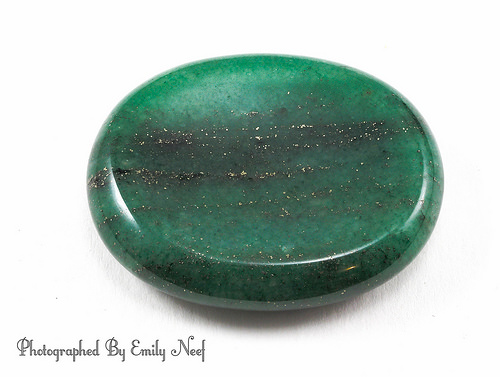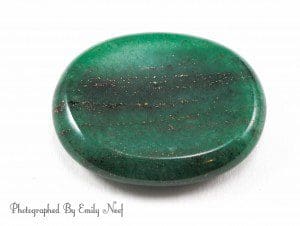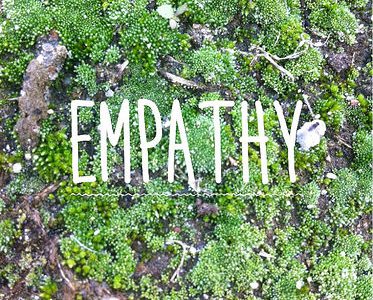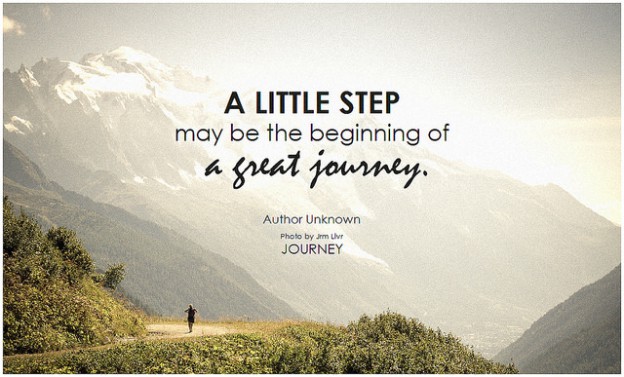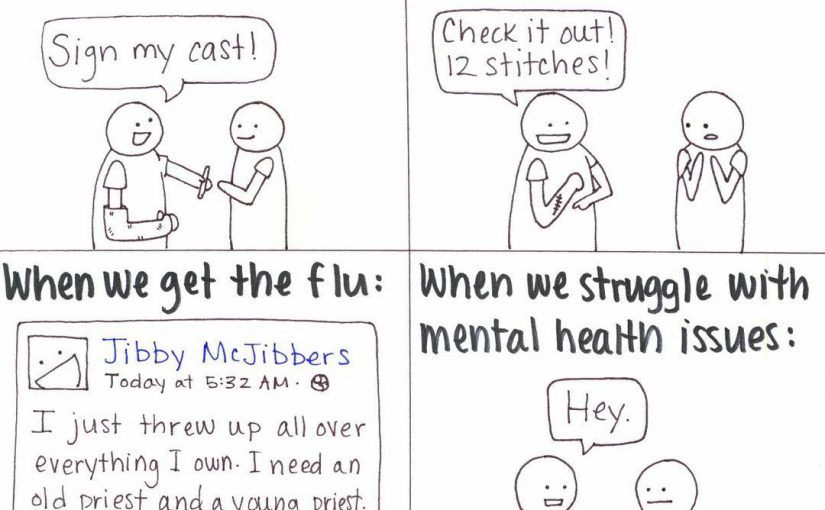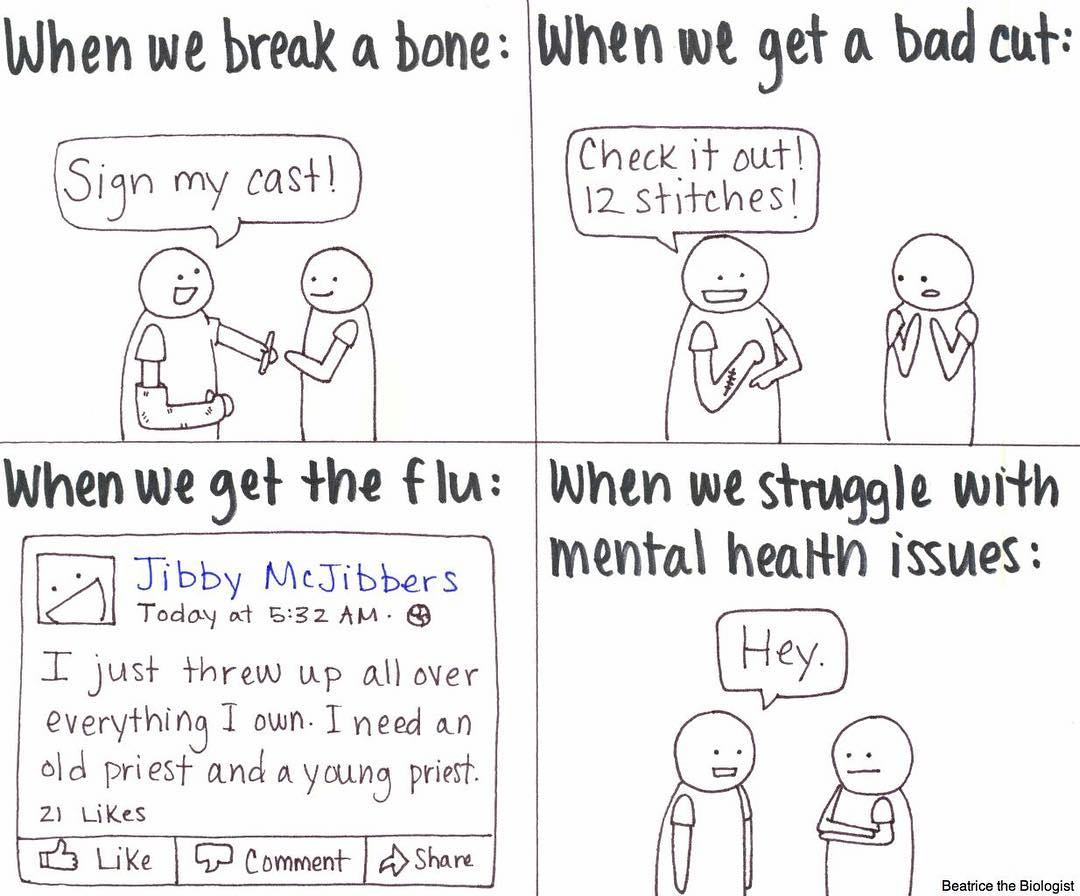The Self Evaluator tool is a Project of the Jed Foundation and was developed for ULifeline by Duke University School of Medicine.
 It screens for thirteen of the most common mental health conditions that college students face. This screening does not provide a diagnosis, but identifies problems that could be impacting thoughts, feelings and behaviors. The screening process also provides information on these conditions and how to reach out for help.
It screens for thirteen of the most common mental health conditions that college students face. This screening does not provide a diagnosis, but identifies problems that could be impacting thoughts, feelings and behaviors. The screening process also provides information on these conditions and how to reach out for help.
This tool was created for college students and we think it is super useful!
In it your adolescent can…
- Complete the survey with answers: Yes, No, Unsure
Then …
- It will briefly give a simple screening of something that you MAY have
- Then a link that provides more information on what you MAY have
There is also an Ask the Experts Tab with FAQ about certain topics – simply use the drop down menu to choose a topic area.
Do you think this screening tool is useful? Do you think that being able to get a sense of what might be happening with your child and what to expect would be good? How do you think a tool like this may impact the well being of adolescents?


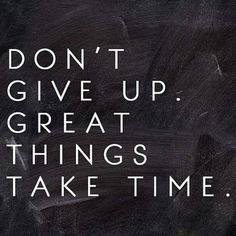

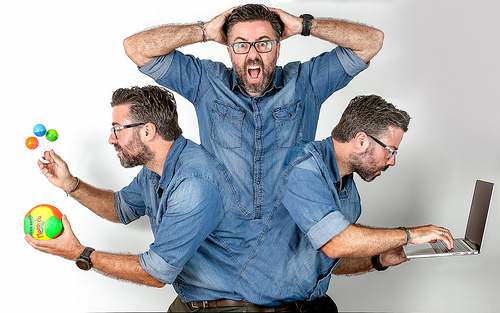
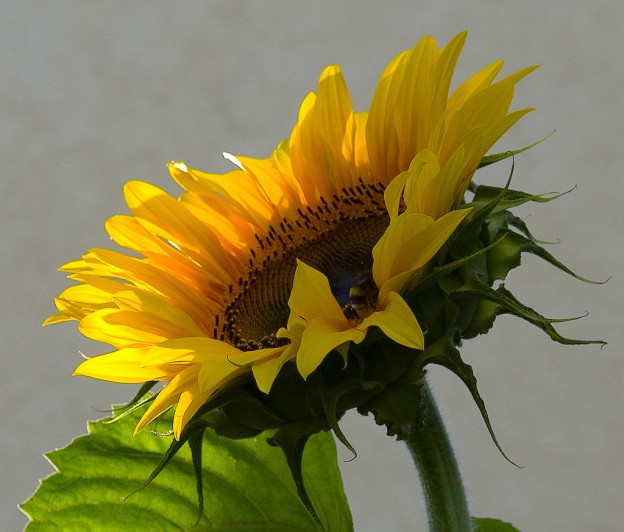
 It screens for thirteen of the most common mental health conditions that college students face. This screening does not provide a diagnosis, but identifies problems that could be impacting thoughts, feelings and behaviors. The screening process also provides information on these conditions and how to reach out for help.
It screens for thirteen of the most common mental health conditions that college students face. This screening does not provide a diagnosis, but identifies problems that could be impacting thoughts, feelings and behaviors. The screening process also provides information on these conditions and how to reach out for help. 